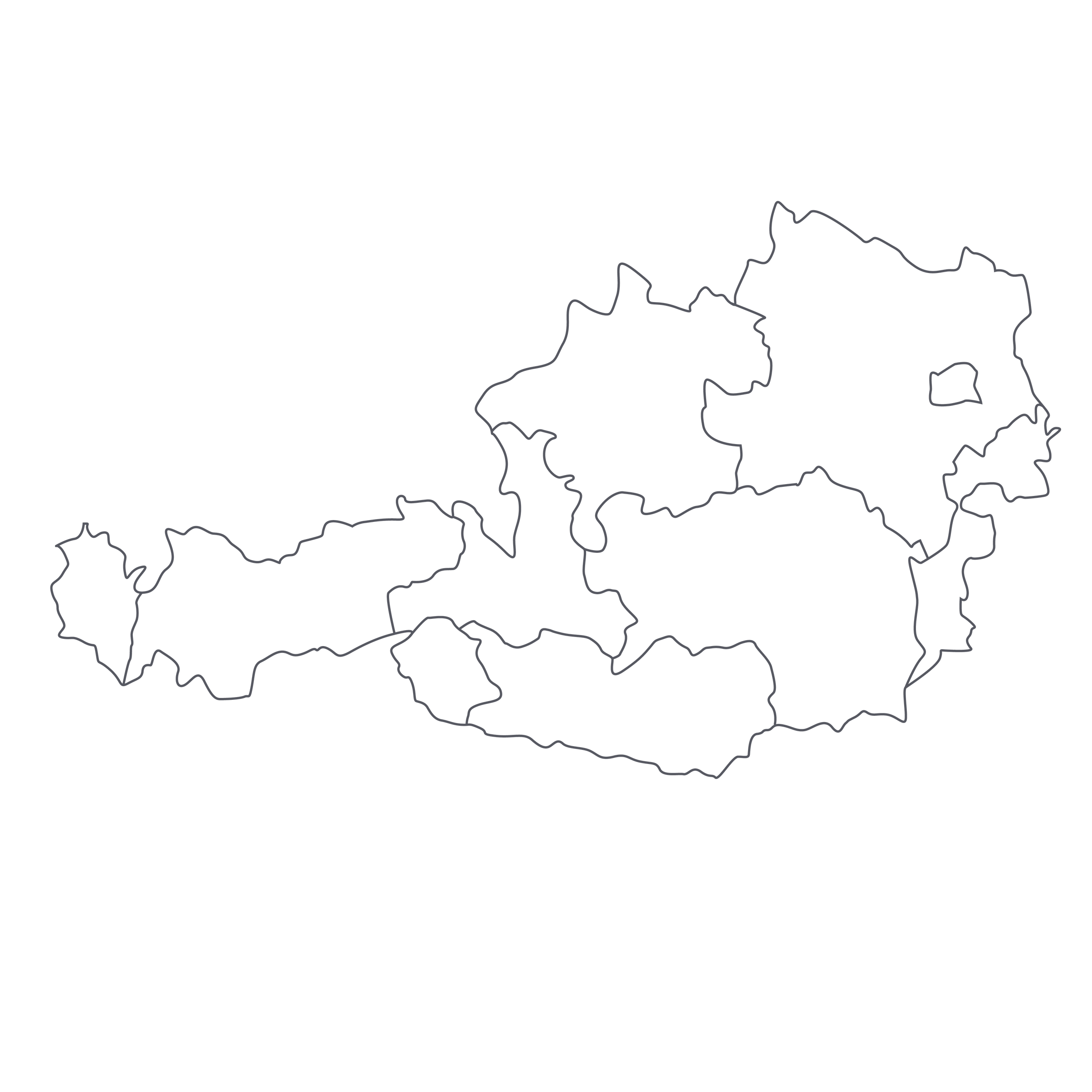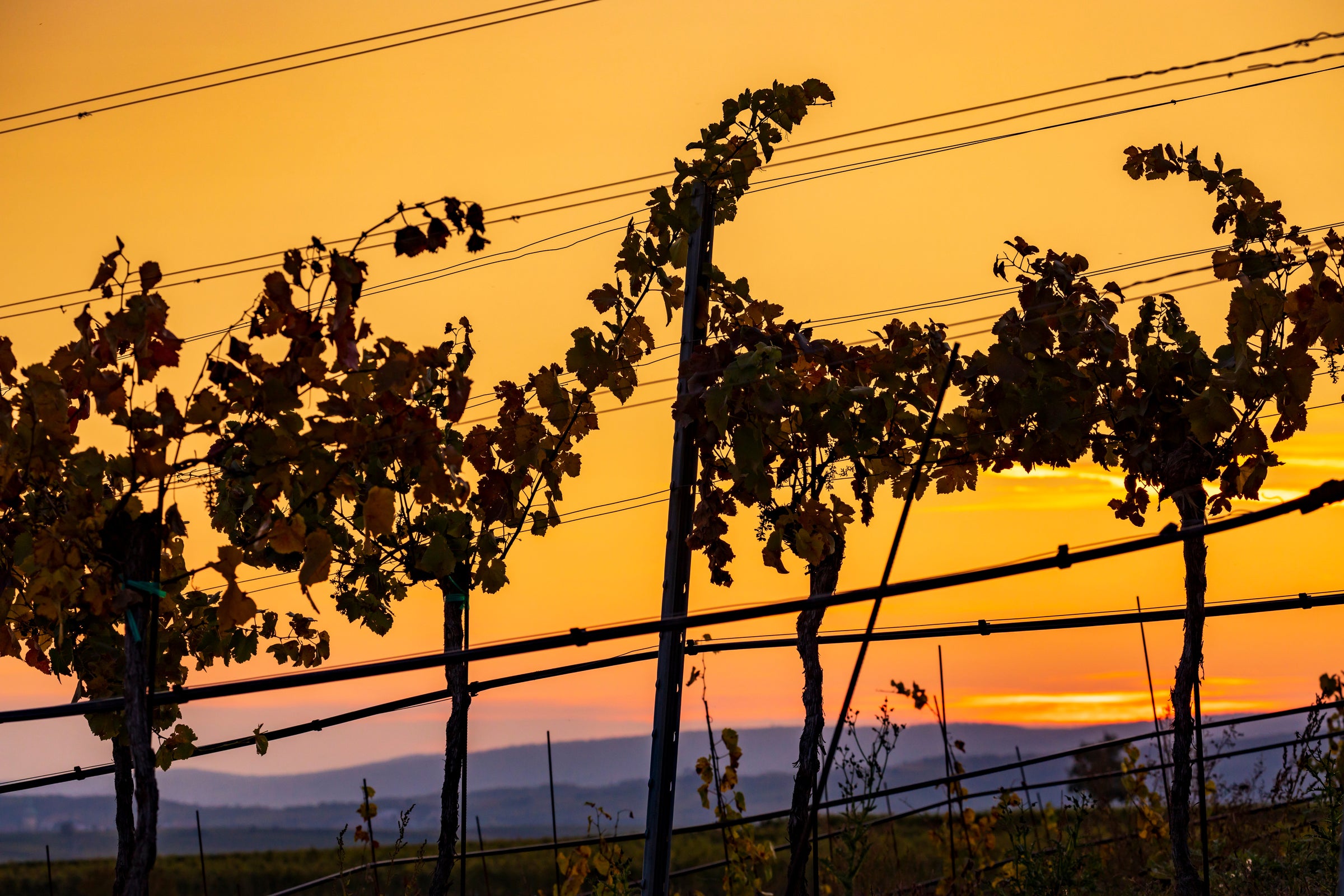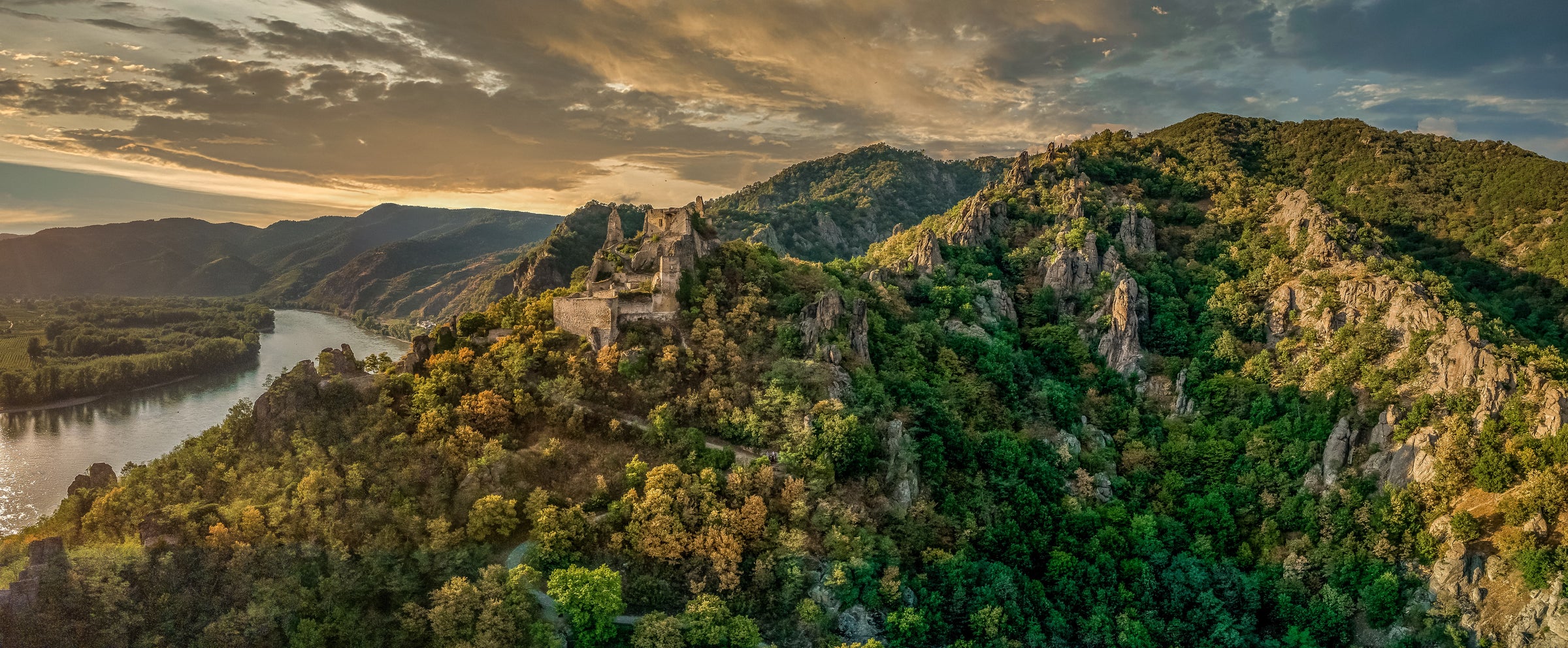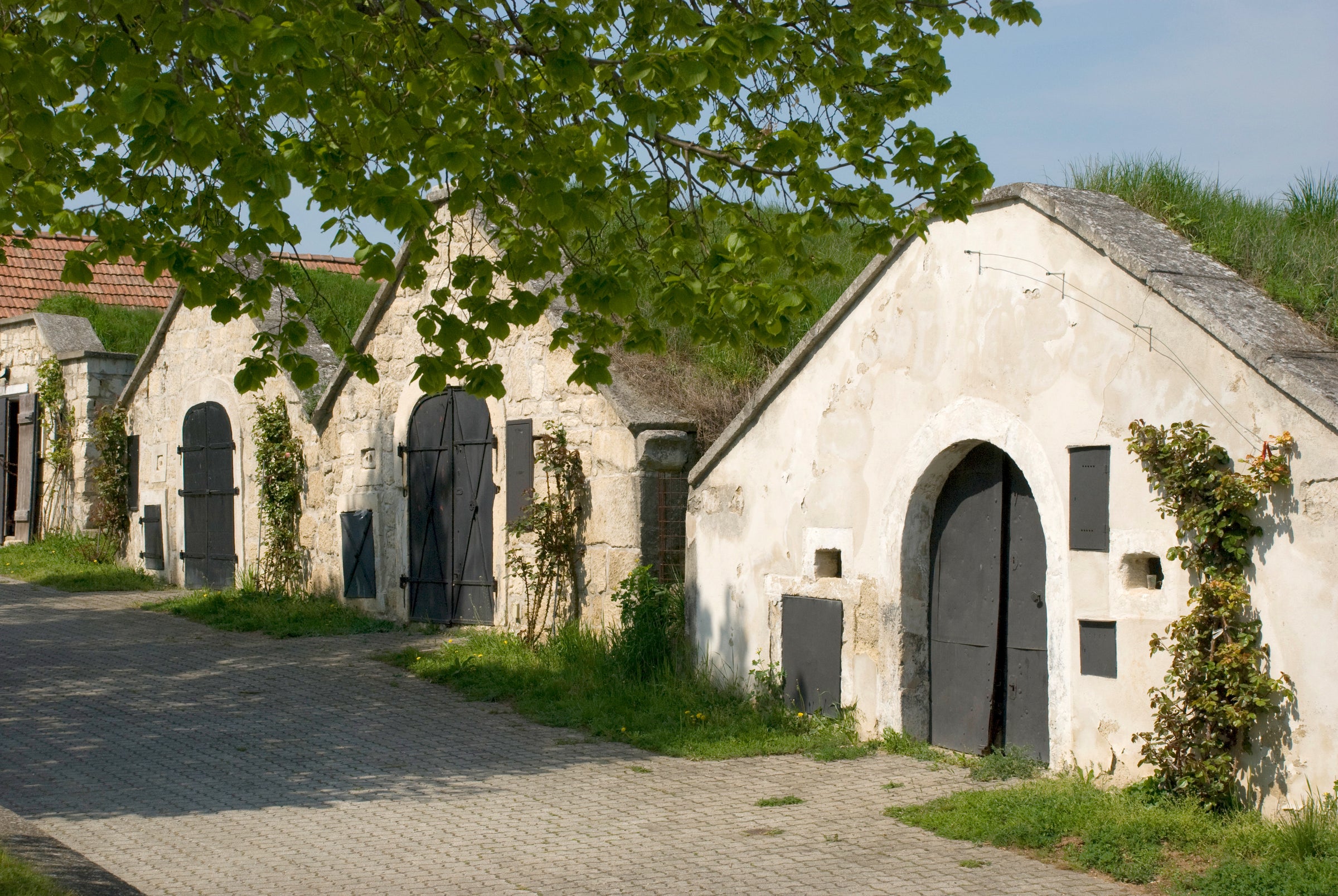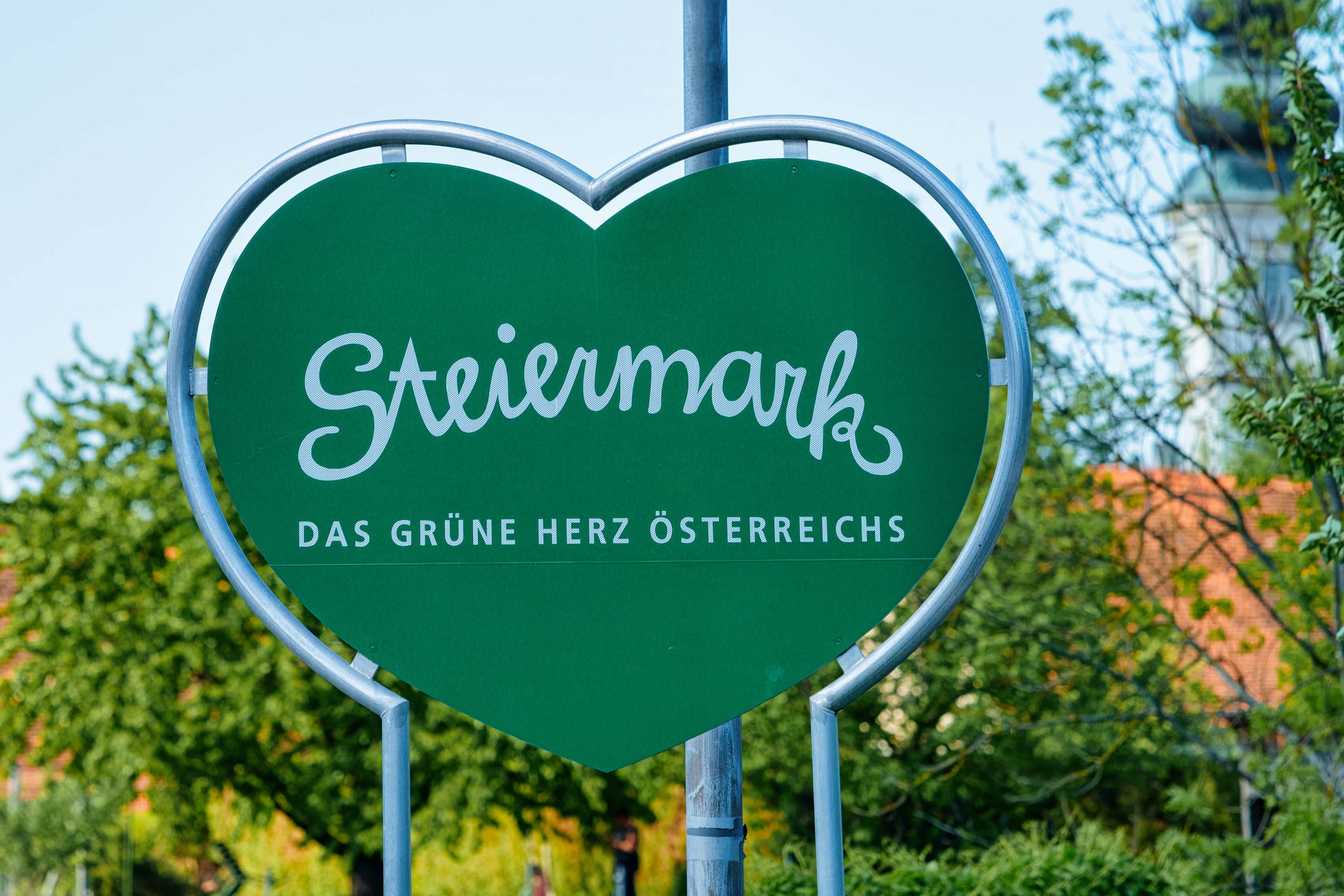Austria’s Wachau appellation is the most notable and acclaimed region of Austria and is represented at its best under the guidance of producers like Knoll. About an hour northwest of Vienna along the Danube River, the vista of the steep, terraced vineyards creates a magnificent landscape akin to a green, ancient amphitheater. Emmerich Knoll’s 15 hectares rest around the village of Unterloiben, which is considered one of the top areas in all of Wachau. The soil in this pocket of Wachau is predominantly loess with a touch of decomposed granite. The loess soil is a granular particulate that, in my personal experience, clumps together in your hand like a baseball then turns to a sandy-like texture when it is squeezed. This soil is actually millennia in the making. According to a wine wisdom contributor who recently went on a research trip under the Austrian Wine Marketing Board, the belt of periglacial loess in the Wachau was deposited in this particular sweet spot during the Pleistocene epoch from Scandinavian ice sheets. The outcroppings of this unique soil inevitably imparts a creamier, richer texture to Gruner Veltliner while simultaneously delivering outstanding minerality.
The precise minerality derived from the Knoll estate soils is just one factor of many that contributes to the outstanding complexity found in the glass. Emmerich Knoll III is an incredible steward of his family estate, which has been has been owned and operated from within for over three generations. He embraces incredibly traditional winemaking techniques and feels it is crucial to heap ample attention to the unique holdings in his vineyards while exercising minimal intervention in the cellar. I had the distinct pleasure of spending many days with Emmerich on my last trip to Austria. When he speaks, the room goes silent as no one wants to miss a kernel of the infinite wisdom he has to impart, which has been culled from decades of shared family experience in the vineyard and cellar. Knoll wines are easily recognizable by their distinct, ornate label, which depicts St. Urban, patron saint of wine. Also found on this label is the term, “Federspiel.”
Unique to the Wachau appellation are the classifications, Steinfeder, Federspiel and Smaragd, which are used on labels to indicate ripeness level of grapes at the time of harvest; all of these styles are fermented dry. Steinfeder, translating to “stone feather,” due to the feather-like appearance of the grass, is the lightest style, harvested with the least amount of brix (sugar in the grapes), which translates to a maximum of 11.5% alcohol when bottled. Federspiel, named for the traditional hunting art of falconry in the area, is the next ripeness level and enjoys more texture and richness at 11.5% to 12.5% alcohol at bottling. The most serious style is Smaragd, which translates to “emerald,” due to the local, green lizard which surfaces to eat the grapes when the ultimate ripeness level is achieved. The Smaragd level enjoys the heftiest concentration, weight and aromatic complexity at a minimum of 12.5% alcohol but can reach as high as 15%. The style of our wine today, federspiel, is delightful and is the classification I drink most often.
This wine is a textbook example of a complex Grüner in the federspiel style. In the glass, the wine is a pale straw moving to green reflections on the rim. The incredible aromatics boast an abundance of green fruit including green mango skin, green pineapple core and green peach pit laced with daikon radish, a hint of honeycomb and a touch of white pepper. The palate confirms the fruit on the nose and offers melon peel, green plums, cucumber, crushed stone, spice and wet herbs. This serious federspiel delivers a densely concentrated, rich mouthfeel, precise minerality and bright freshness with a touch more creaminess than expected of the style. This wine shows incredible quality for its price point. Decant the Knoll for thirty minutes and serve at 50-55 degrees in an all-purpose stem. For a Wachauer feast to compliment this Grüner, try
this mouth-watering trout recipe or visit the family’s 400-year-old restaurant, Loibnerhof for a feast you will never forget. Prost!


